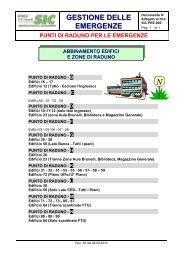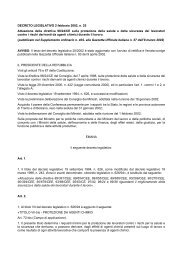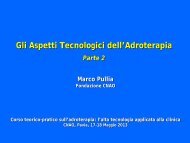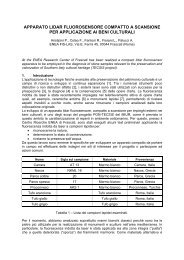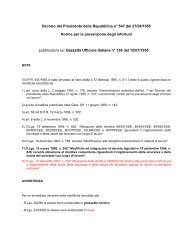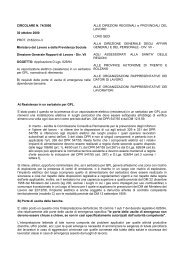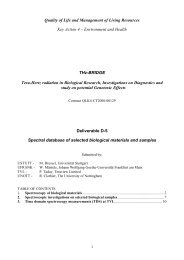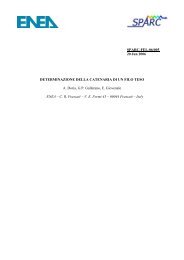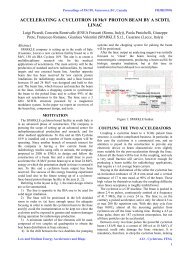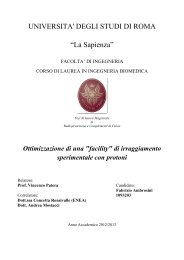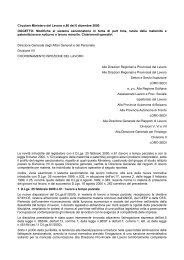Theory, Design and Tests on a Prototype Module of a Compact ...
Theory, Design and Tests on a Prototype Module of a Compact ...
Theory, Design and Tests on a Prototype Module of a Compact ...
Create successful ePaper yourself
Turn your PDF publications into a flip-book with our unique Google optimized e-Paper software.
2. RF MEASUREMENT ON A SINGLE CAVITY 71<br />
In figure 5.3 the necessary mechanical tools <str<strong>on</strong>g>and</str<strong>on</strong>g> a particular soluti<strong>on</strong><br />
<strong>of</strong> electric mirror are shown: the half cavity rests <strong>on</strong> a plane <str<strong>on</strong>g>and</str<strong>on</strong>g> is<br />
closed <strong>on</strong> a circular surface whose diameter is bigger, <strong>of</strong> a few millimeters,<br />
than the cavity diameter. The pressure <strong>on</strong> the c<strong>on</strong>tact reference<br />
surface can be c<strong>on</strong>trolled by using a dynamometric key <str<strong>on</strong>g>and</str<strong>on</strong>g> should be<br />
kept below the mechanical limit <strong>of</strong> plastic deformati<strong>on</strong>s for the material<br />
used for the cavities.<br />
Figure 5.3. Mechanical tools for RF measurement <strong>on</strong><br />
the LIBO tiles. On the top right the use <strong>of</strong> these tools is<br />
shown.<br />
2.2. The statistical approach to the measurement <strong>of</strong> the<br />
frequencies <strong>of</strong> LIBO cells. Frequency measurement <strong>of</strong> half cavities<br />
<strong>on</strong> electric mirror can be source <strong>of</strong> systematic errors. In fact, it is very<br />
difficult to realize a good c<strong>on</strong>tact between the cavity <str<strong>on</strong>g>and</str<strong>on</strong>g> the c<strong>on</strong>ductor<br />
plane, even if a reference c<strong>on</strong>tact surface is realized. The measurement<br />
is not reliable for each cavity, but a statistical approach can be used.<br />
As it is explained in secti<strong>on</strong> 4, in LIBO project the single tiles which<br />
form a tank c<strong>on</strong>tain two half cavities with a ring. The height <strong>of</strong> this ring<br />
can be machined in order to change the volume <strong>of</strong> magnetic field, <str<strong>on</strong>g>and</str<strong>on</strong>g><br />
then the res<strong>on</strong>ant frequency. This operati<strong>on</strong> implies <strong>on</strong>ly a decrease<br />
<strong>of</strong> res<strong>on</strong>ant frequency. For this reas<strong>on</strong>, the half cavities are designed<br />
with a res<strong>on</strong>ant frequency which is higher than the desired value <str<strong>on</strong>g>and</str<strong>on</strong>g>,<br />
in this sense, there are no cells which do not need interventi<strong>on</strong>s, since<br />
all the cells have to be corrected to the required res<strong>on</strong>ant frequencies<br />
using the machinable ring.<br />
In figure 5.4 is shown the dispersi<strong>on</strong> <strong>of</strong> frequencies value for the half<br />
cells in the tiles around the mean value. The frequencies are measured<br />
with an unknown systematic error which, due to the mechanical tools,



